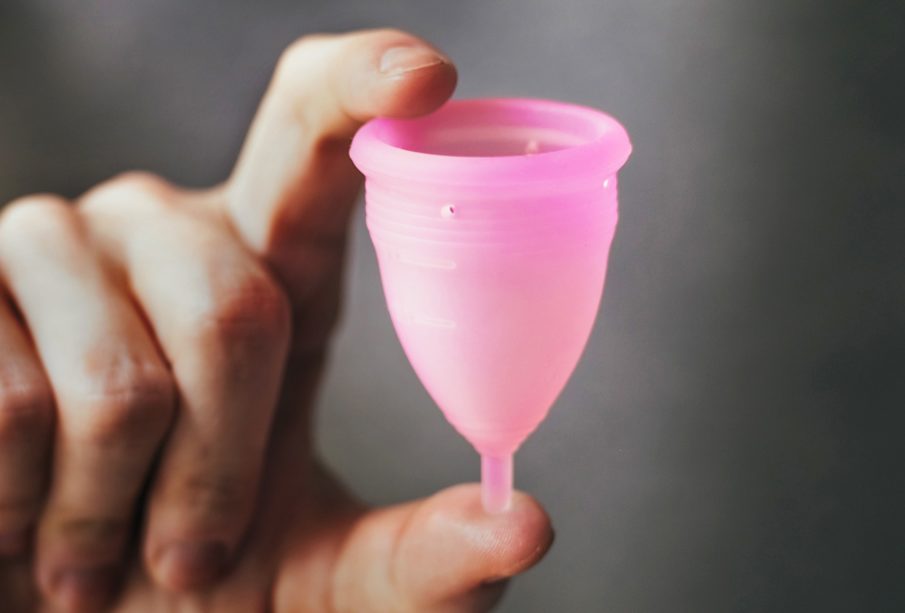Find Your Choices for the Best Menstrual Cup

In a few years, menstrual brands and models have multiplied. With friendly and reassuring names, they all have the same objective: to overcome periodic protections like tampons or sanitary napkins.
However, this small object is not recent. He was born in Chicago in 1867. The first patents are American and date back to the 1930s. But the success is far from being there. Tampons with applicator were created around the same time and met with phenomenal success.
Growing Success
In 1987 a new menstrual cup was born in the United States, this time in rubber. But the latex they contained presented some women with allergic reactions. In addition, they remained too rigid and therefore difficult to insert.
The best hypoallergenic alternative came from the design of these silicone menstrual cups. And this innovation is recent, since it dates from the early 2000s.
It therefore took more than a century to find the ideal material to design these menstrual cups and democratize this periodic protection.
Did you know that a normally adjusted woman uses between 10,000 and 15,000 periodic protections?
Periodic protections not recyclable
Imagine on the scale of the planet and of all women, the number that this represents: a gigantic number of non-recyclable products that will end up in the trash. We let you imagine the ecological consequences for our environment. Especially since tampons, napkins and other panty liners also cause pollution upstream, during their production, by various bleaching and sterilization processes. Because if manufacturers are developing more and more the technicalities of periodic protections (ecological disposable organic cotton pads for example), they remain far from irreproachable and healthy for the environment and our body. This industry remains the most polluting: recycling impossible, consumption and high demand, presence of additives, hydrocarbons, bactericides, fungicides, dioxin residues, etc.
- You will therefore have understood the benefit of drastically limiting the use of conventional periodical protection. The solution is the menstrual cup, also called the female cup.
- It is a little the question which annoys. It’s painless, but you don’t adjust to it in two days. It takes a cycle or two to fully master the placement and removal of the cut, and you have to be willing to confront your own anatomy. Then, it goes by itself, it is remarkably comfortable for sport, swimming pool, privacy, and it is completely invisible, since everything happens inside. We empty and wash the cup several times a day (it all depends on your menstrual flow). It is disinfected at each cycle.
And so, can we measure its flow?
The menstrual cup is chosen according to its anatomy (narrowness of the vagina, usual flow of periods, etc.). Each brand provides information on the capacity. There are 10 ml to 40 ml. When we empty the cup, if it is full, we therefore know exactly how much volume we have lost. If it is not filled, it can be estimated to within a few milliliters (“half”, “two thirds”, etc.). We have a 26 ml cup. During the menorrhagic period, it happened to me to empty it, full, every three hours. The rest is just calculation.










